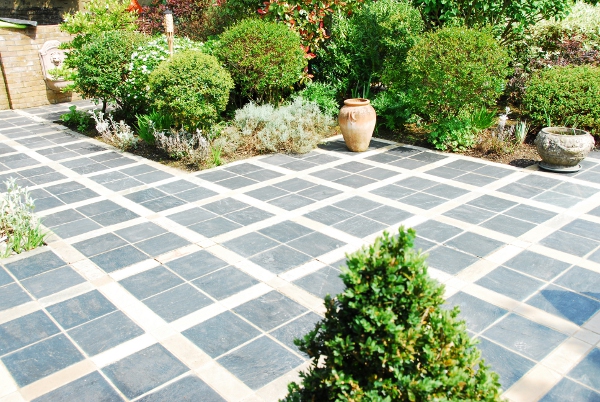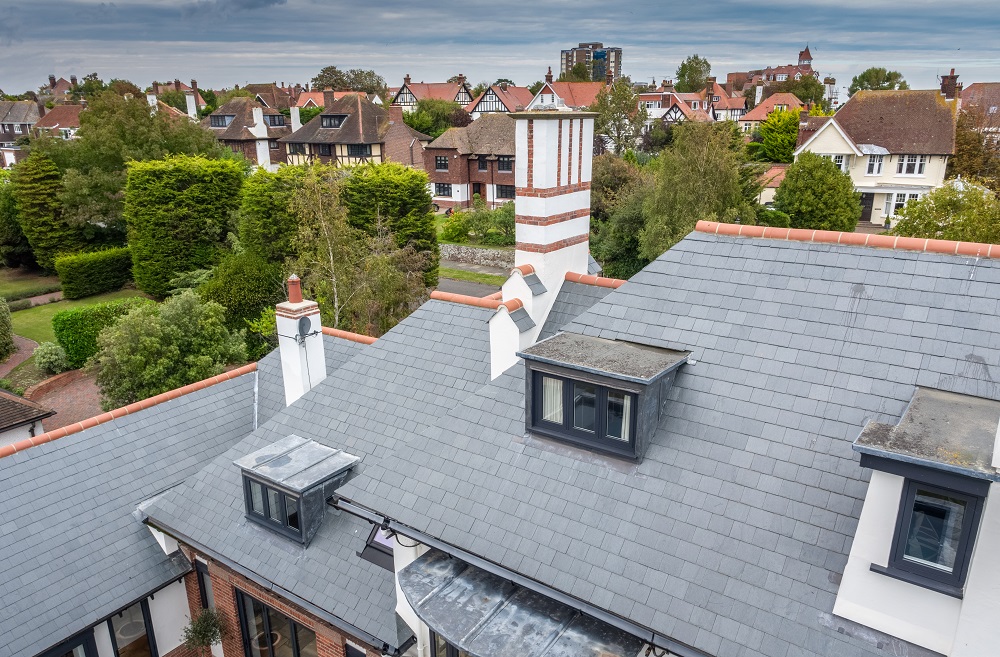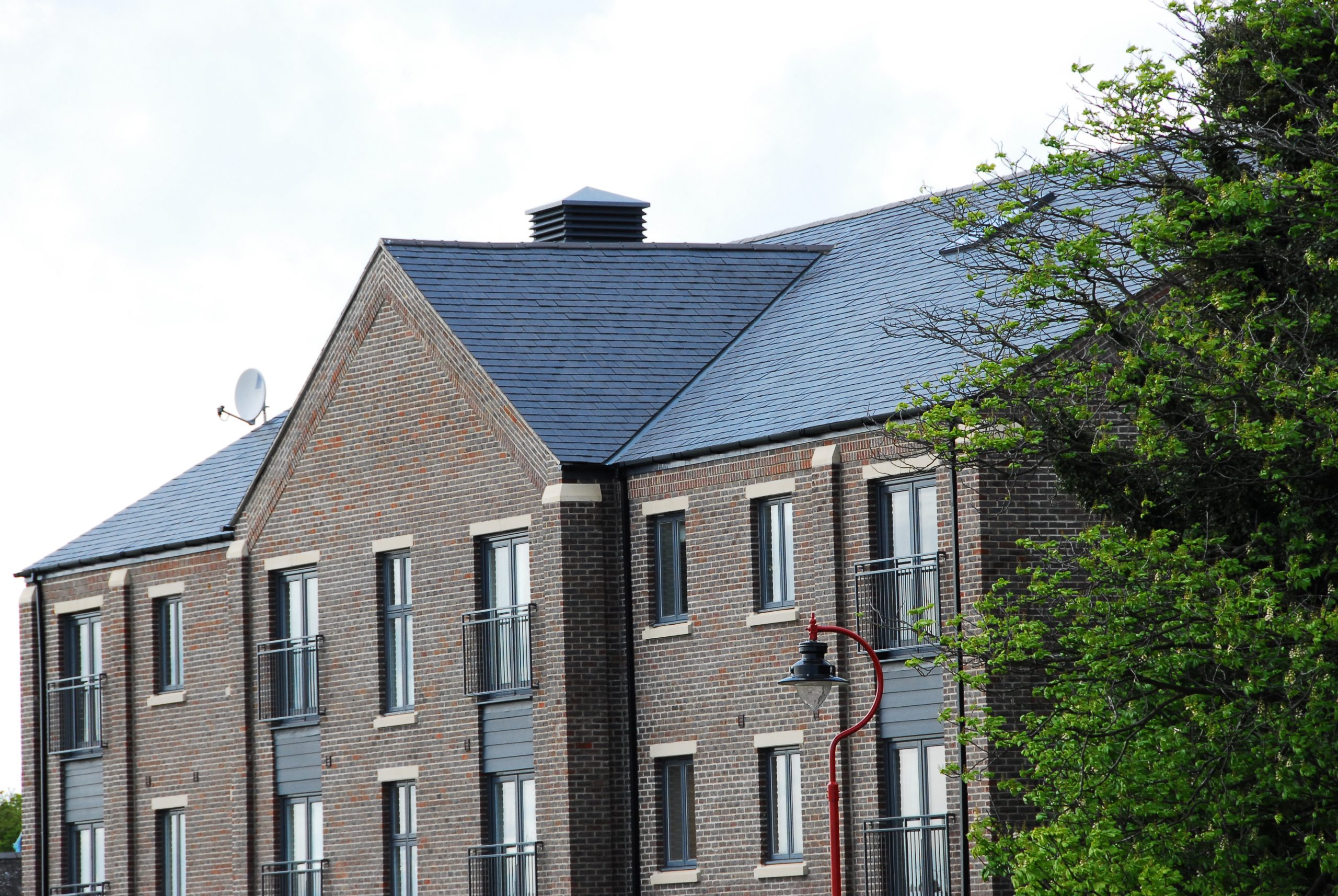Slate is one of the oldest and most popular materials for roofing and flooring. It is used across the UK in both residential and commercial buildings and is well known for its attractive appearance and outstanding durability and weather resistance.
In the 21st century, natural slate continues to prove a popular material and is specified by architects, builders, and homeowners as the superior option for an array of different projects. Let’s take a closer look at natural slate to find out more about its perennial popularity.
Natural slate origins and composition
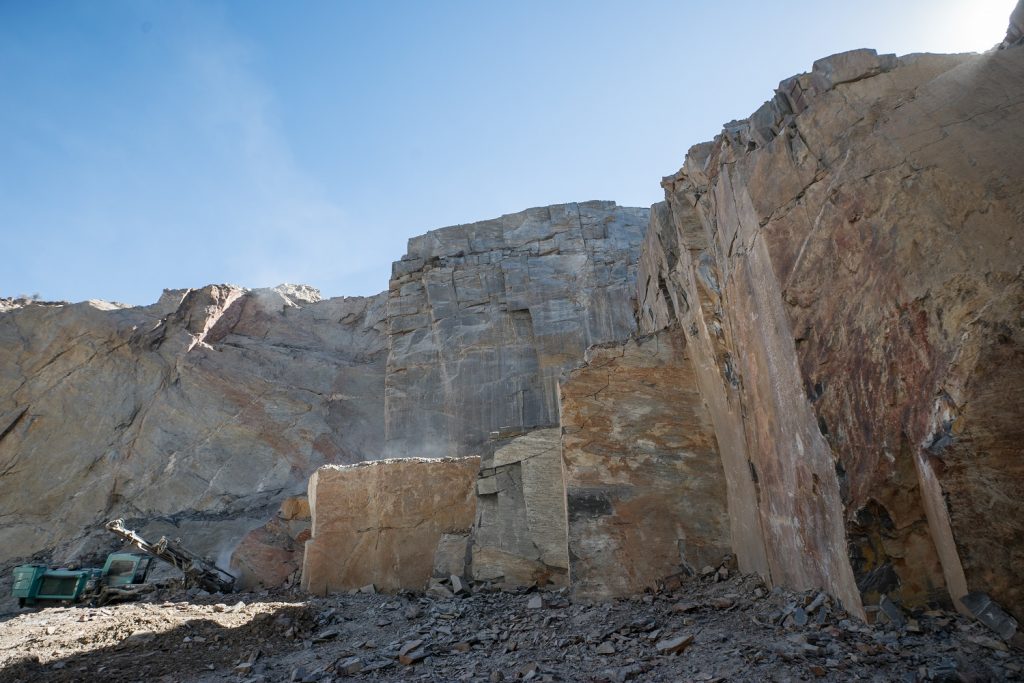
Slate is a completely natural material. Slate beds within the Earth were formed millions of years ago from deposited silts and mud. Over centuries, the silt and mud was subjected to extreme and consistent levels of heat and pressure causing a metamorphosis into new rock types. The new rock types or slates were made harder, denser, and stronger by these geological processes. This created the popular roofing material we use today.
In the world-renowned slate producing region of North-West-Spain, SSQ Del Carmen slates are extracted from the landscape. The quarries of this area are part of an ancient sequence of Ordovician strata which formed between 438 million and 505 million years ago. Del Carmen slates which is a spanish slate , have a deep blue black colour with a characteristic longitudinal grain and faintly rippled texture. They have been used for installations throughout the UK, being accepted for use as an alternative to indigenous slates by both Heritage England and Heritage Scotland.
Important considerations when specifying with natural slate
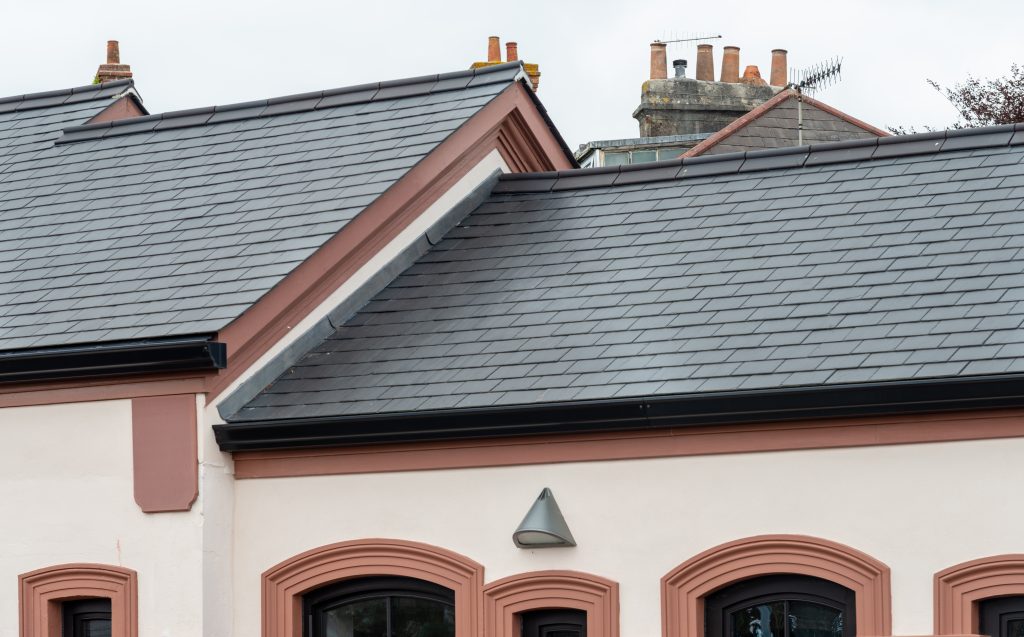
To ensure that natural slate is used in the best way possible, it’s important to make correct and accurate designs. As an architect or building developer, you will need to consider the following points when specifying slates:
- Roof pitch – The lower the roof pitch, the greater the overlap of slates.
- Environment – In exposed locations such as hills and coastal areas, a longer overlap will help to protect against wind uplift.
- Weathering– Again, exposure to driving rain will influence the amount of slate overlap required.
- Fixing – Choose between traditional holing and nailing or a hook-fixing system
- Slate thickness – Equal slate thicknesses should be used on the same course. Thicker slates should be used in lower courses and thinner slates in upper courses.
Following these general rules will give you a far higher project success rate and improve the longevity of a natural slate roof.
At SSQ, we supply a variety of high-quality slates. Have a browse of our Riverstone and Del Carmen product pages to find out more about two of our most specified slates. If you’d like to speak directly to one of the SSQ team, you can call us on 020 8961 7725. Alternatively, you can send us a message online and we’ll get back to you as quickly as possible.
